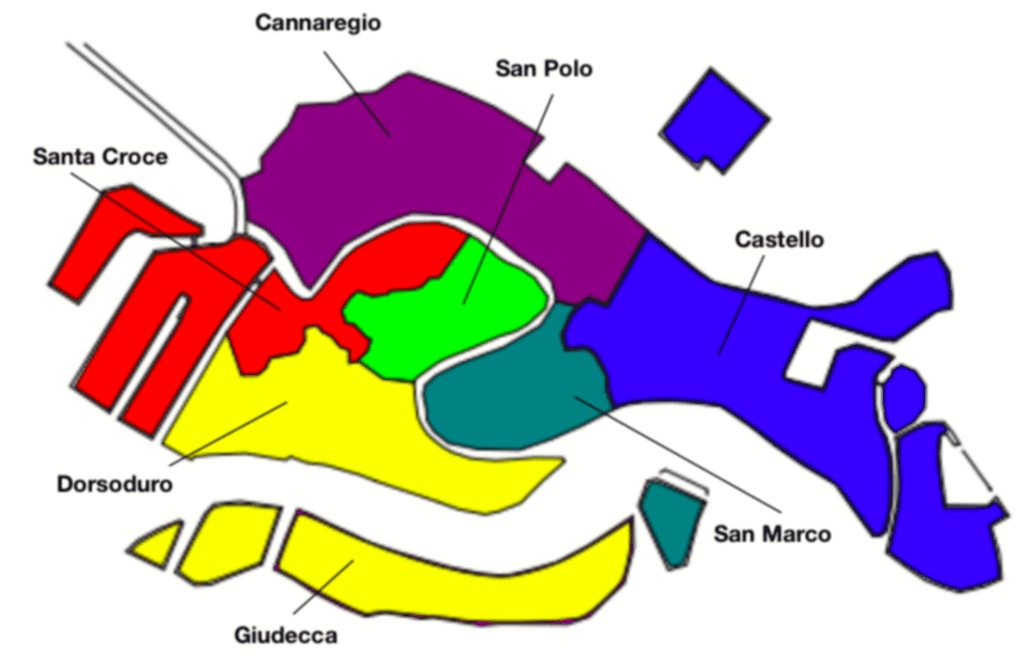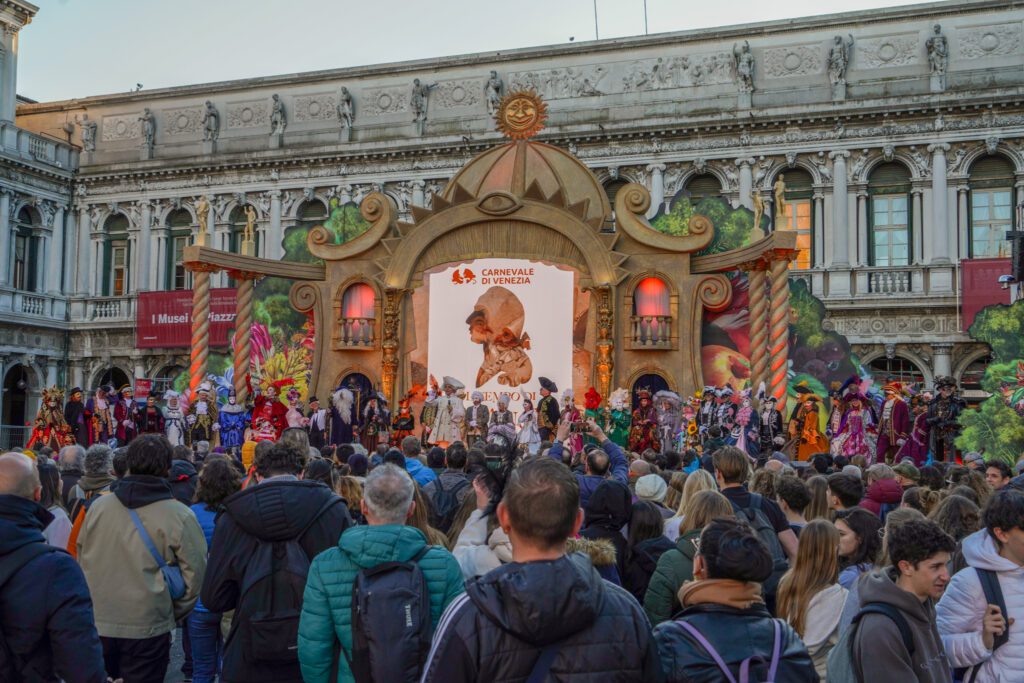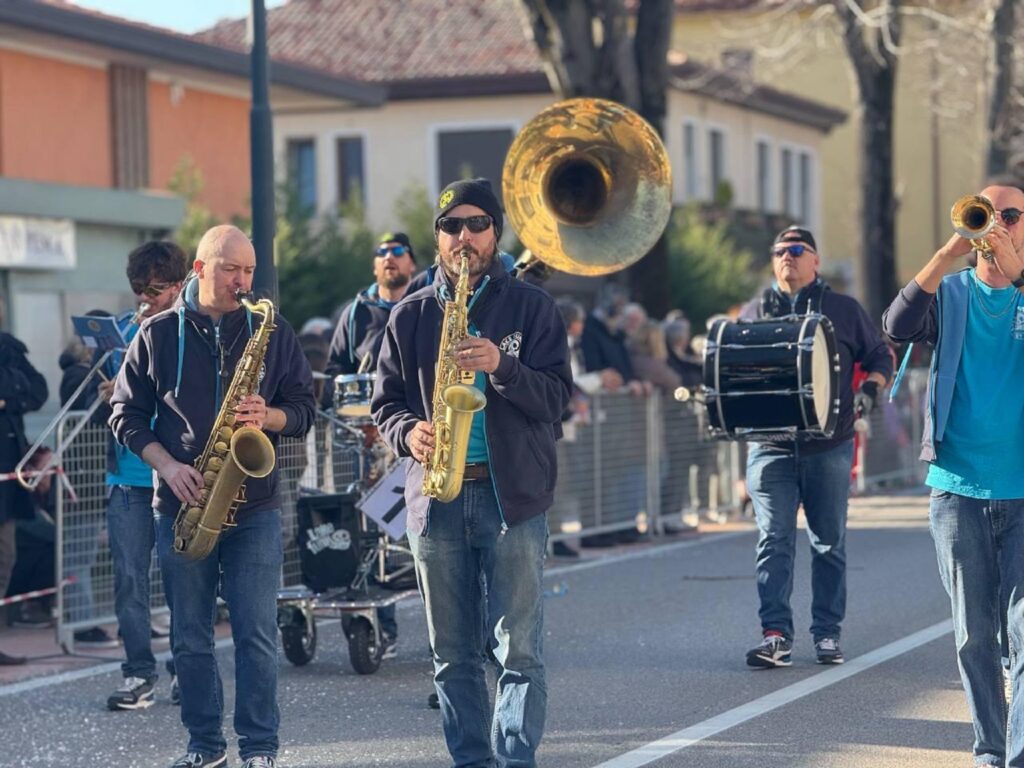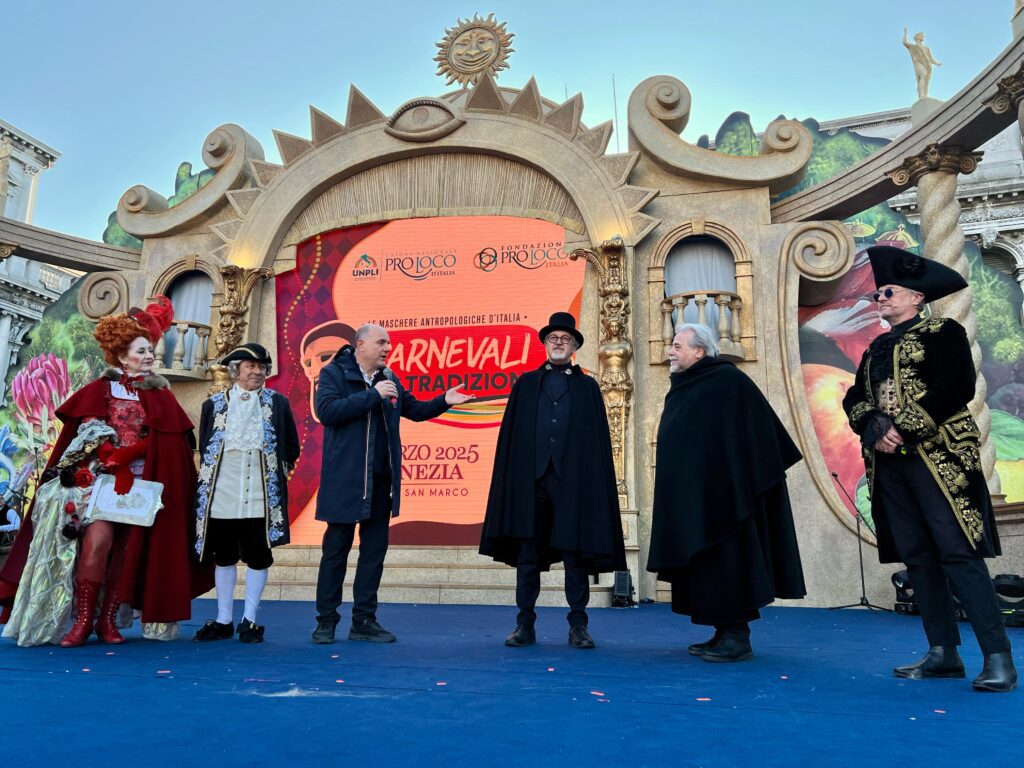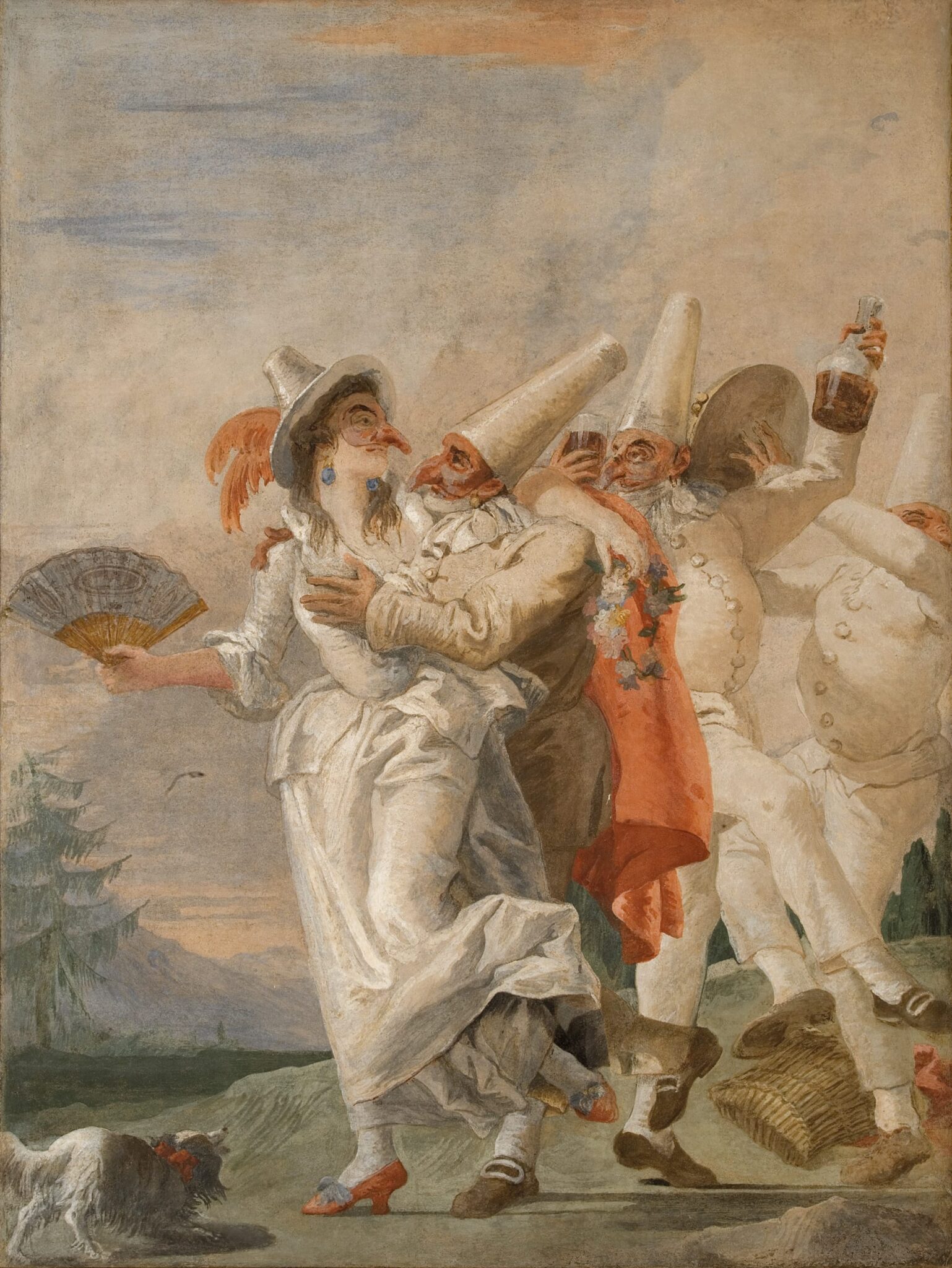Sestrieri of Venice
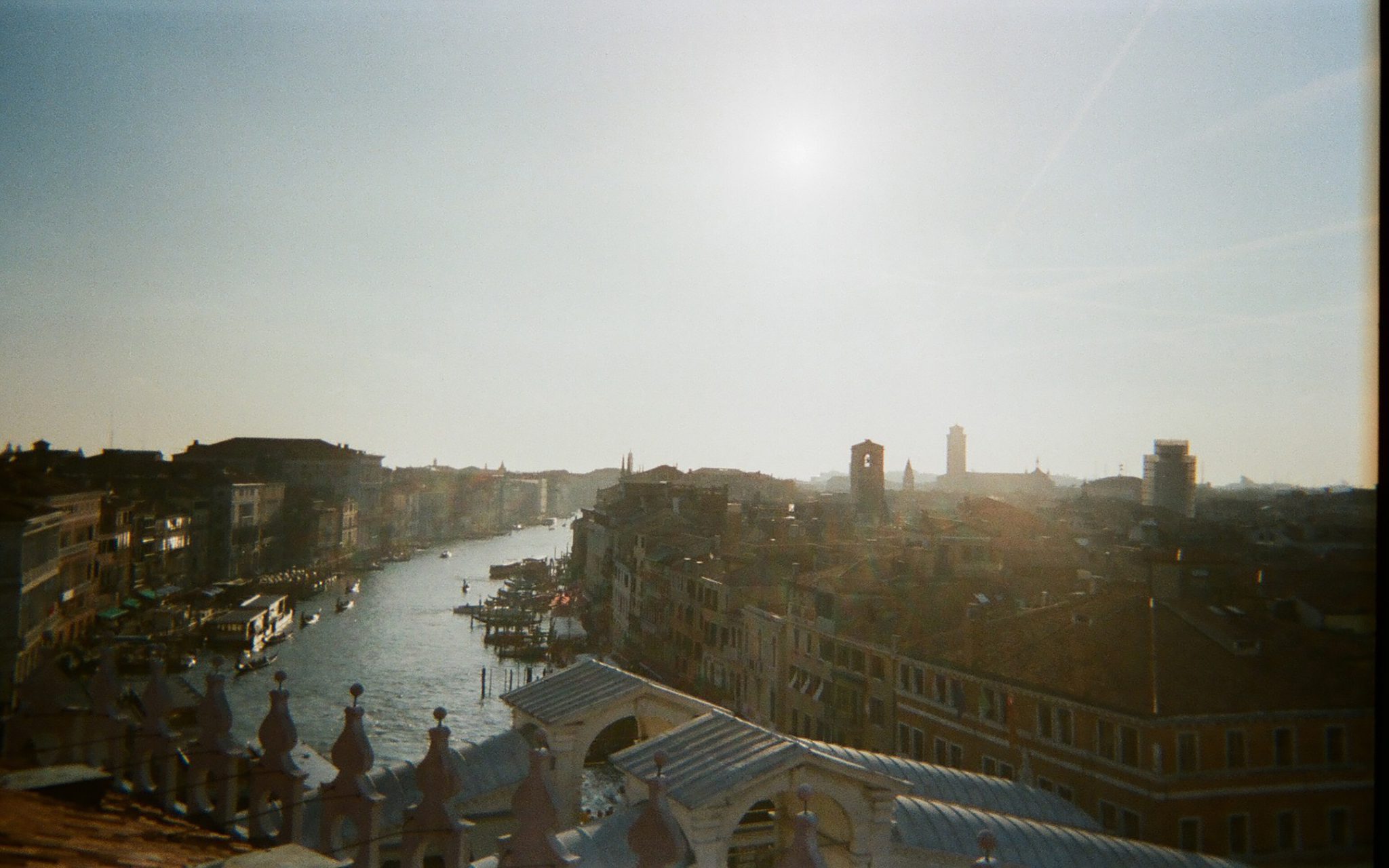
Do you know what Venice’s sestrieri are? Some may say that they are the quarters of the city. That is actually not true! Sestrieri are way more meaningful for venetian people.
Let’s begin from the basics. There are seven sestrieri in Venice: San Marco, Castello, Cannaregio, San Polo, Santa Croce, Dorsoduro and Giudecca.
In many big cities quarters have cultural and social differences among them but the division is essentially a cartographic matter of fact.
Venice’s sestrieri instead, until the half of the last century, had deep and clear social, economic and political differences. Experts defined them “Urban villages”.
Castello (with its enormous complex including Arsenale) and Cannaregio have always been the most popular and “proletarian” quarters.
Dorsoduro and Giudecca, for their location, were the harbor and the dockers’ quarters.
San Polo, since ancient times was the commercial quarter. There you could make business. The Republic of Serenissima assigned accommodations for non-venetian citizens there.
Santa Croce was a quiet quarter until the late 19th Century, when the maritime stopover docks were built.
In the end San Marco, bearing the name of the patron saint, was the political heart of the city. Palazzo Ducale, Saint Mark’s basilica, the square itself and The Leads (Palazzo Ducale’s prisons) were the seat of authority and political delegation. From the establishment of the city, members of the aristocracy lived inside the big palaces overlooking Canal Grande.
Then, that’s all? No!
The borders of sestrieri were not just on the map. Even if no wall was ever built, the confines were important and respected. It was not unusual to born, live and die in the same sestriere without crossing the borders not even once in a lifetime.
During the revolutionary movements in Europe, in 1848, when the insurrections broke out in Venice, what really worried the authorities was not the crowd in Saint Mark’s square itself, but the fact that most of the people in the crowd lived in Castello and Cannaregio and had actually crossed the borders to reach the really close and yet very far sestriere of San Marco.
There was a bitter rivalry among the sestrieri. You may hear elderly people telling the tales of women who lived in Castello who, after marriage, had to move to another sestriere and terribly suffered for that. Many others will tell that those women, after just a couple of years away from their beloved sestriere died… of heartbreak!
A very popular story, romantic and fascinating, maybe not always true but full of hidden truths.
